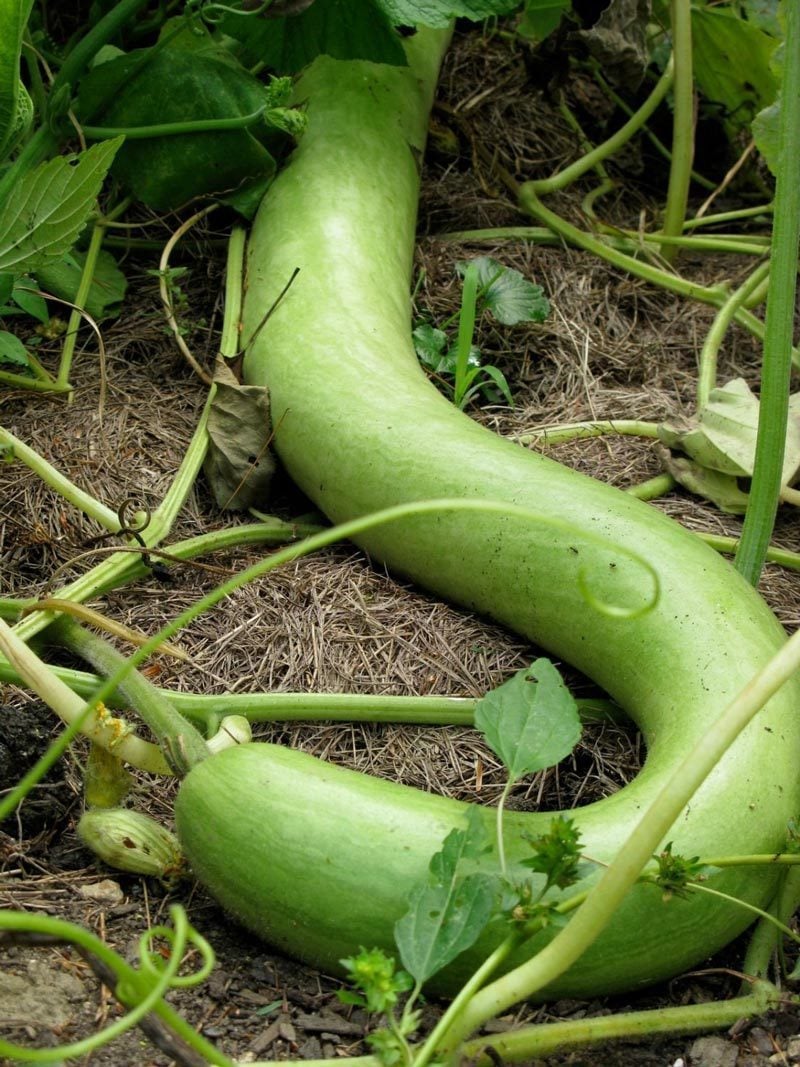By Georgia Lynn, Contributing Writer
Italian squash, a versatile and flavorful vegetable, is a must-have in gardens and kitchens alike. Known for its unique shape, mild flavor, and adaptability in cooking, it has become a favorite among culinary enthusiasts. This article will explore the characteristics of Italian squash, how it differs from regular squash varieties, and offer a practical guide for growing it in your garden.
What is Italian Squash?
Italian squash, also called zucchini or courgette, is a type of summer squash belonging to the species Cucurbita pepo. What sets it apart from other squash varieties is its elongated, cylindrical shape and thin, tender skin. This makes it ideal for a variety of dishes, including grilling, sautéing, and stuffing, without the need for peeling.
Where is Italian Squash Found?
Originating from Italy, Italian squash has become an essential ingredient in Mediterranean cooking. Dishes such as zucchini alla scapece and pasta primavera showcase its mild, slightly sweet flavor. While it is a staple in Italian cuisine, its popularity has spread worldwide. You can now find Italian squash in farmers’ markets and grocery stores, or even grow it in your own garden.

Key Differences Between Italian Squash and Regular Squash
While Italian squash shares its botanical family with other types of squash, it has several key differences that make it unique:
- Shape: Italian squash is long and slender, similar to a cucumber, whereas regular squash varieties are typically round or bulbous.
- Texture: The skin of Italian squash is thin and tender, so it doesn’t require peeling. In contrast, other squash types often have thicker, tougher skins that are removed before cooking.
- Flavor: Italian squash has a mild, slightly sweet flavor with a delicate, crisp texture when cooked. Other squash varieties may have a richer, earthier taste.
- Versatility: Italian squash is more versatile, being used in grilling, stir-fries, soups, and even baked goods. Regular squash varieties often have more specific uses.
How to Grow Italian Squash in Your Garden: A Step-by-Step Guide
If you’re excited to add Italian squash to your garden, follow this step-by-step guide for successful cultivation:
- Choose the Right Location: Find a sunny spot with well-drained soil. Italian squash loves full sun and needs space to spread its vines.
- Prepare the Soil: Loosen the soil to at least 12 inches deep, mixing in organic matter such as compost to improve fertility and drainage.
- Planting: After the last frost, plant seeds or seedlings about 24 to 36 inches apart, with rows spaced 48 inches apart.
- Watering: Keep the soil consistently moist but not waterlogged. Water the base of the plant to prevent fungal diseases.
- Fertilization: Apply a balanced fertilizer when the plants begin to flower to promote healthy fruit production.
- Mulch: Add mulch around the plants to conserve moisture, suppress weeds, and regulate soil temperature.
- Pruning: Prune the plants to maintain good airflow and reduce the risk of disease. Pinch off the growing tips to control the plant’s size.
- Harvesting: Harvest squash when they reach 6-8 inches long. They should be tender and not overly mature. Use a sharp knife or pruning shears to cut them from the vine.
- Pests and Diseases: Watch for pests like aphids and squash bugs. Use organic pest control methods and remove any infected leaves to keep plants healthy.
- Enjoy Your Harvest: Italian squash can be enjoyed in a wide variety of dishes, from simple stir-fries to more elaborate meals. Its versatility will add a delicious touch to any recipe.
By following these tips, you’ll be able to grow a bountiful crop of Italian squash that will enhance your culinary creations all season long. Whether you’re cooking a Mediterranean-inspired dish or trying something new, Italian squash is a vegetable that can easily become a kitchen staple.
